
Meet the herd – the eight wild bison on a wilding journey in Canterbury
Since bison were released into West Blean and Thornden Woods on the outskirts of Canterbury, they have not only transformed the landscape but significantly grown in number.
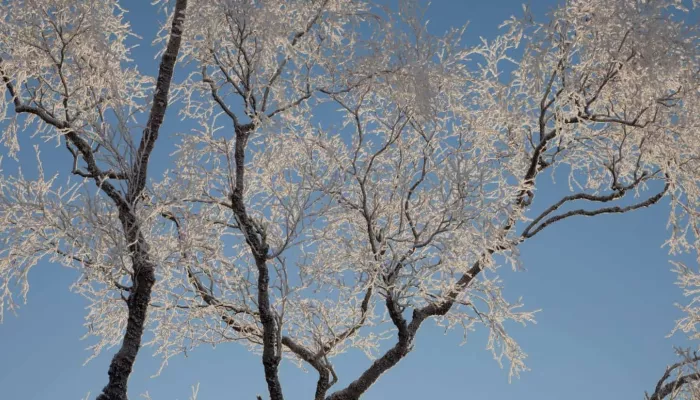
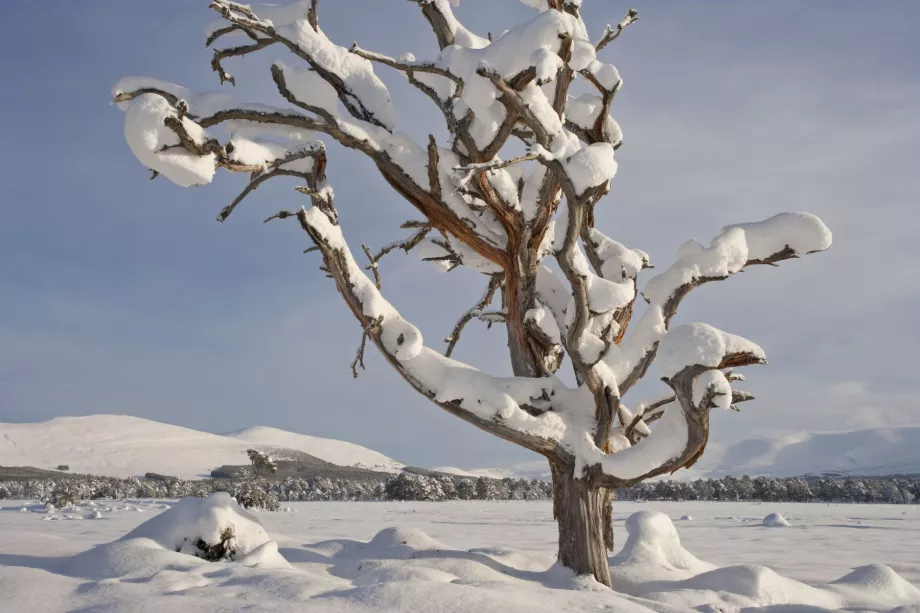
©️ Mark Hamblin
Woodlands play a vital role in providing both habitat and foraging opportunities for birds, as well as habitat for hibernating species. Mammals, amphibians, and reptiles, as well as many insect species hibernate in woodlands during the winter months. Consider leaving some larger standing deadwood and brush piles as shelter for wildlife. If you have a water source, ensure it remains unfrozen to provide a vital drinking resource for animals.
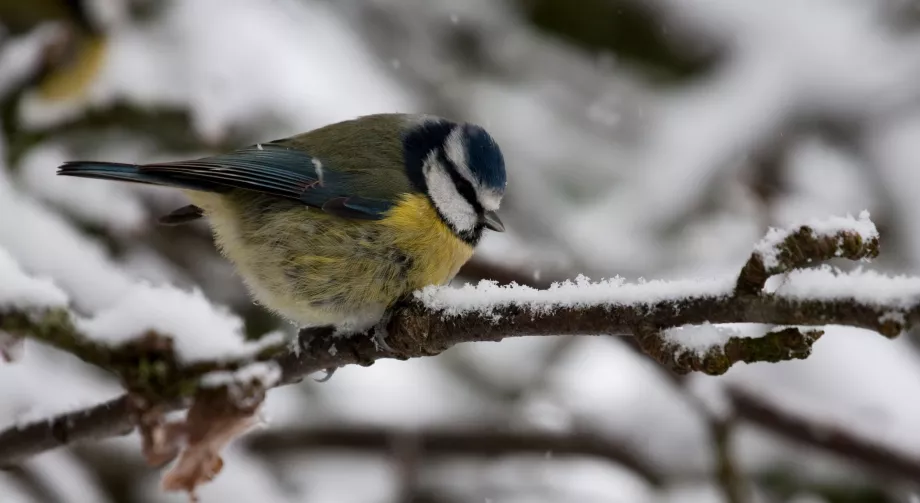
© Vaughn Matthews
Protective guards should be installed around young, establishing, or coppiced trees to prevent browsing by deer. It is also a good time to remove any old tree guards from trees which no longer need them (are mature enough), or guards which need replacing. Cutting bracken, bramble, or weeds from around the base of newly establishing trees is a good idea in autumn/winter when their growth rate naturally slows.
Managing woodland for biodiversity is a year-round commitment, and careful planning during the colder months can pay dividends in terms of improving woodland health, enhancing wildlife habitat, and potential income. For further information, please get in touch with us directly at marie.dipple@kentwildlife.org.uk

Since bison were released into West Blean and Thornden Woods on the outskirts of Canterbury, they have not only transformed the landscape but significantly grown in number.
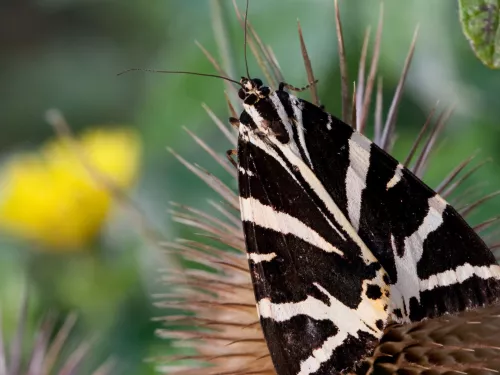
Margery Thomas, Hothfield Volunteer and regular columnist looks at the lack of butterfly sightings in recent months, the work volunteers are doing to remove bracken and how this all impact the wider management of the last remaining fragments of heathland…
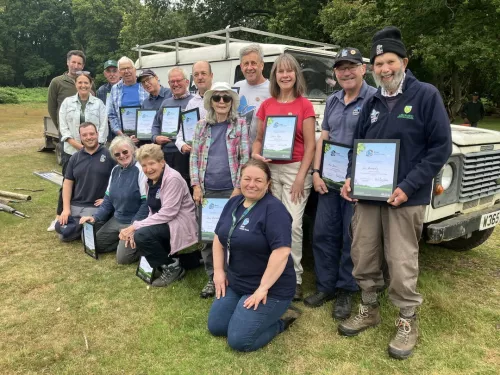
By August, floral glory has passed from the orchids (heath spotted, southern marsh and a few large hybrids) to the heather or ling. As ever, we hope for a protracted display of purple in the heathy areas, which is likely if the cool nights persist. Orchid…